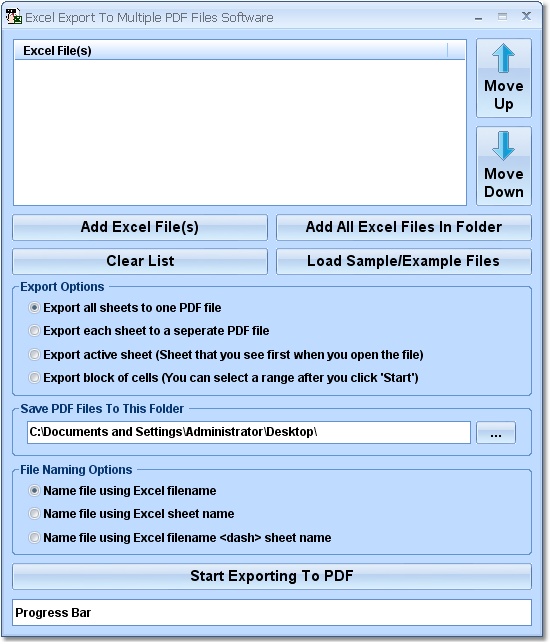Immigration Paperwork Status: Where Does it Stand?
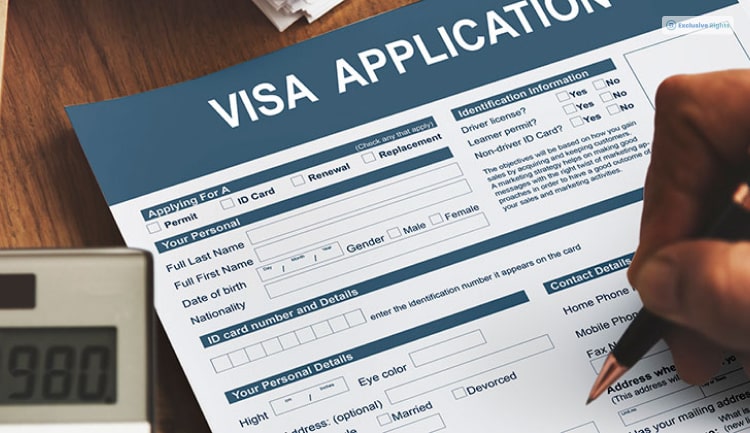
The journey of immigration is often filled with paperwork, processes, and waiting periods. For many, understanding the status of their immigration paperwork can feel like trying to navigate a maze in the dark. But where exactly does your application stand, and what can you do about it? This detailed guide will walk you through the various stages of immigration paperwork processing, the tools to check your application status, and how to stay informed and proactive.
Understanding Immigration Processes

Immigration paperwork can include a variety of documents like visa applications, green card petitions, citizenship applications, and refugee or asylum requests, each following its own unique set of processes. Here’s a quick rundown of some common immigration pathways:
- Visa Applications: Non-immigrant visas for tourism, work, or study.
- Immigrant Visas: Permanent residency, often leading to a green card.
- Naturalization: The process of becoming a U.S. citizen.
- Refugee/Asylum Status: Seeking protection within a country due to persecution or humanitarian crisis.
Stages of Immigration Paperwork

Immigration paperwork typically goes through several stages:
- Application Submission: You submit your initial application with required documents and fees.
- Receipt Notice: You receive a receipt notice with an application number and filing date.
- Data Entry and Storage: Your application is entered into an immigration system for record-keeping.
- Background Checks: National security and background checks are performed.
- Biometric Services Appointment: You might be required to give fingerprints and a photo.
- Interview: A crucial step for some types of applications, like asylum or citizenship.
- Adjudication: Your case is reviewed, and a decision is made.
- Decision: You receive a notice of approval, denial, or a request for additional evidence.
🔍 Note: The specific stages might vary depending on the type of application, and not all stages are necessary for every type of immigration case.
Checking Your Application Status Online

One of the most straightforward ways to check the status of your immigration application is through official government websites. Here are some online tools available:
- USCIS Case Status: Use your receipt number to track your case online.
- Passport Tracker: For visa applications, tracking your passport’s return can indicate progress.
- Department of State: For those awaiting visa issuance, you can check visa availability on the Department of State website.
Physical Status Updates
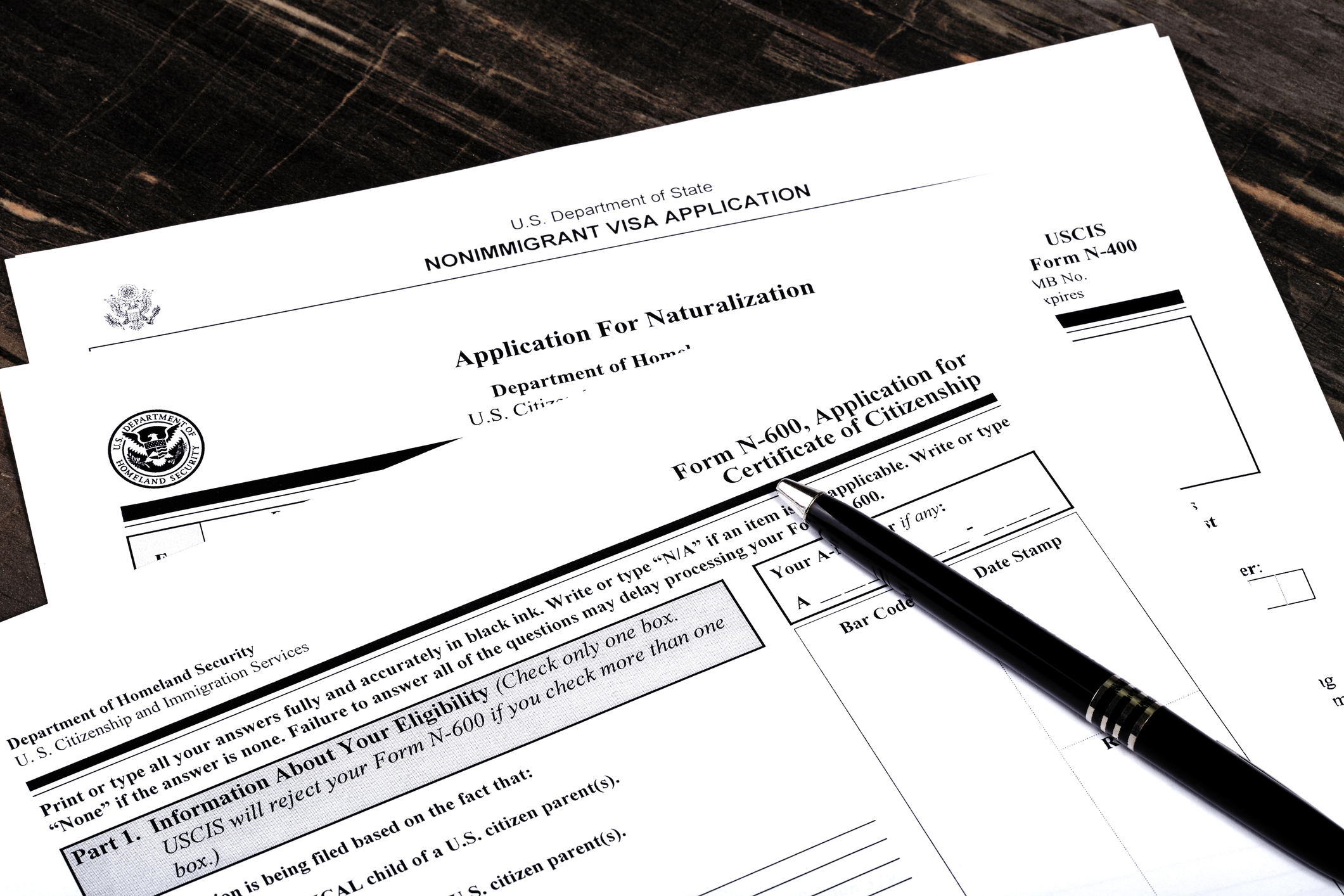
If online tools are not helpful, you might receive:
- Request for Evidence (RFE): You’ll need to provide more documents or evidence.
- Notice of Intent to Deny (NOID): You must respond to address any issues.
- Approval/Denial Letters: Final decisions on your application.
- Biometrics Appointment Notices: For biometric services.
Seeking Additional Information
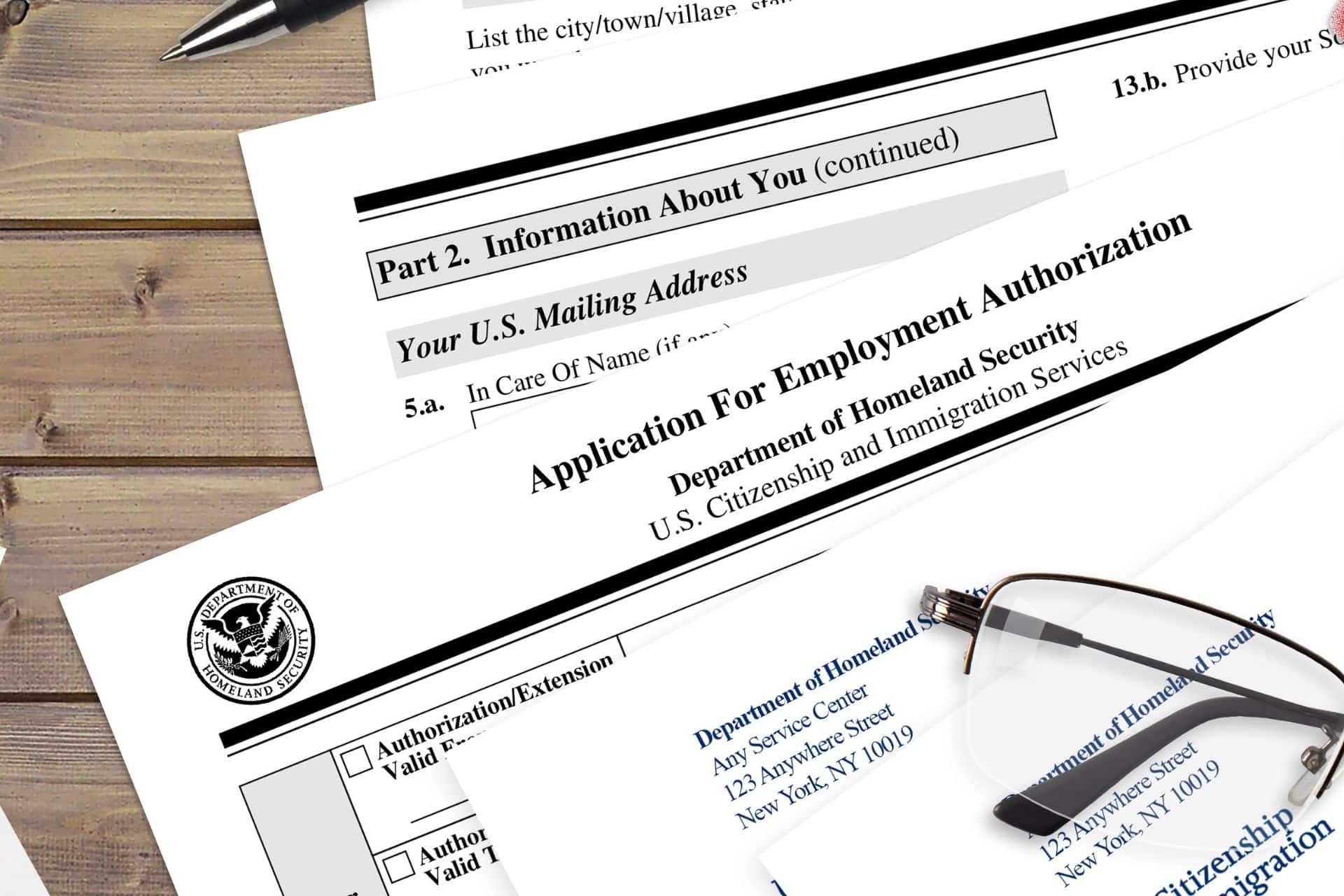
If you’re still unsure about your status:
- Contact USCIS customer service or your local field office for guidance.
- Attend community immigration workshops or seek legal counsel for in-depth support.
Common Reasons for Delays
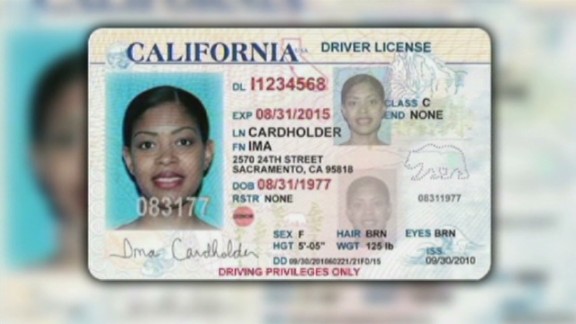
Understanding potential delays can help manage expectations:
- Volume of Applications: High numbers of applications can lead to backlogs.
- Additional Evidence or Checks: Sometimes, additional checks or evidence are needed, causing delays.
- Policy Changes: New policies or laws can alter processing times.
- Prioritization: Certain applications may be prioritized, affecting others.
When to Escalate
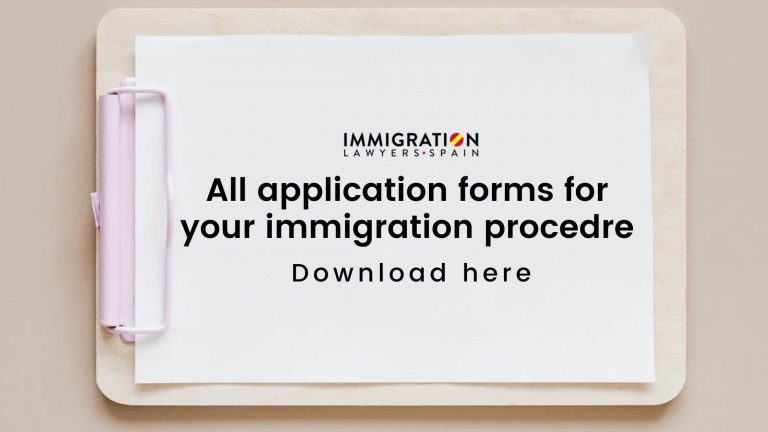
Knowing when to escalate your case can be crucial:
- Your case exceeds typical processing times without explanation.
- You’ve responded to RFEs or NOIDs, but the case remains unresolved.
- There’s an urgent need for travel or other extenuating circumstances.
⚠️ Note: Escalation should be done cautiously and with legal advice to ensure it does not negatively impact your application.
Staying Informed

Staying informed throughout the process is key:
- Sign up for alerts and newsletters from immigration authorities.
- Engage with immigration community forums for shared knowledge and updates.
- Regularly check government websites for policy updates and processing times.
Proactivity and Advocacy

Active engagement in your application process can help:
- Keep all your documents organized and readily accessible.
- Regularly follow up with immigration officials if you don’t see movement.
- Consider political advocacy to address systemic issues causing delays.
In navigating the complex landscape of immigration paperwork, understanding where your application stands can provide much-needed peace of mind. By staying informed, using available tools, and knowing when and how to act, you can better manage this often-uncertain process. Remember that while delays can be frustrating, they are often part of the system's checks and balances to ensure compliance and security. Proactivity, patience, and advocacy will serve you well as you move towards achieving your immigration goals.
How long does it typically take for an immigration application to be processed?
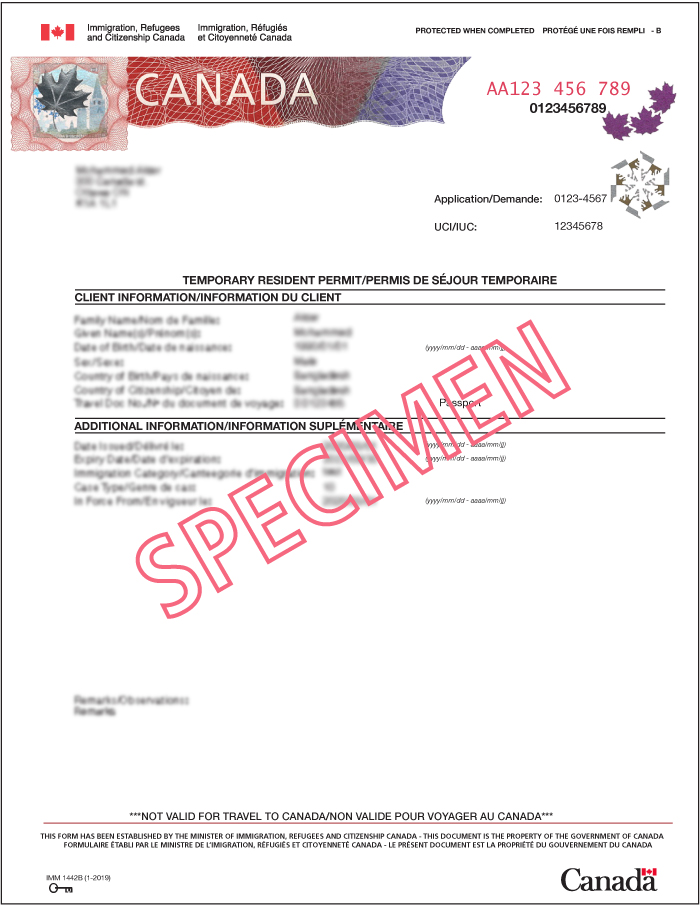
+
Processing times vary widely. Check the official processing times on the USCIS website or consult with a legal advisor for an estimate based on your case’s specifics.
Can I expedite my immigration application?

+
Yes, under certain urgent humanitarian reasons or if there are compelling national interests, you can file for expedited processing. Each request is evaluated on a case-by-case basis.
What if I make a mistake on my application?

+
Minor errors can often be corrected with an updated submission. If it’s more severe, it might delay the process, and you might need to file a new application.



